Photo by James Wheeler on Pexels
How Much Does it Cost to Live the FIRE Life?
That’s the question I intend to answer in this interview series! Through the interviews, we’ll discover how much it costs to live the FIRE life—all around the world. My goal is for this series to become a fun and unique resource for the FIRE community!
Introduction: What makes this series unique?
How Much Does it Cost to Live the FIRE Life will be more than just an interview series. It’ll also be a collection of annual spending reports from people who are at or pursuing FIRE (or FI).
In addition, the spending reports will be unique in two ways:
- The list of expenses will be the same in every interview*.
- Only essential expenses will be included.
By doing this, the data will be relatively standardized. This will make it easier to gain insights when comparing different spending reports. For example, you could compare:
- The cost to live as a single person in two different cities.
- The cost to live as a couple versus a family of three.
- The cost to live in one country versus another.
*Based on reader suggestions, I’ve added a few new expense categories. I’ll eventually update my own interview with the new categories. However, due to time constraints, old interviews will, for the most part, not include the new categories.
Another reason why I only include essential expenses
While I would’ve loved to include all expenses in this series, I had another important reason not to: privacy. (I discussed in my previous post how revealing your total annual spending can also reveal your net worth.)
While many people are okay with putting all their financial info out there, I’m not! (I also suspect that some of my interviewees will feel the same.) By sharing only essential expenses, it helps everyone to maintain some financial privacy.
This allows my interviewees to feel safe in revealing their essential spending (which is the most useful part anyway). In turn, I hope this will also lead to more interview participants!
The interviews
Below is the complete collection of interviews. Bookmark this page and check back often—I’ll continue to publish more interviews as they come in!
The inaugural interview in the series, with none other than… me! I share all our essential expenses and my family’s best money-saving tips (there are plenty)!
AL lives with his wife in a suburb near Vancouver, where real estate prices are more affordable and property tax is cheaper… but does that translate into lower overall spending?
Steve and his wife live the expat life in Taipei, Taiwan—one of Asia’s most expensive cities. Read his interview to find out if it’s possible to live frugally in a high-cost Asian metropolis!
Ana lives in Kitchener, Ontario with her family of six (!) Learn how she and her family find creative ways to live the FIRE life—despite her larger-than-average house and household.
Lionel and his girlfriend live in London, England—one of the world’s most expensive cities. Even so, Lionel shows us how it’s absolutely possible to live affordably there!
T lives near Fredericton, New Brunswick with her husband and son. Can you guess what costs more (or less) in her suburb? You may be surprised to find out!
Carrie and her family live in a suburb near Detroit, Michigan. They keep their expenses low by making good use of one of my favourite FI superpowers!
Fire Trekker lives a very optimized FIRE life in beautiful Lévis, Québec. Her most powerful tool to save money shaves 50% off nearly all her expenses! Read her interview to find out more…
Jesse lives in picturesque Rochester, New York and embraces what he calls ‘bimodal spending’ (which I LOVE)! Find out more about this and more in his interview.
Marjolein lives in the Netherlands—one of the most bike-friendly countries in the world. It’s one of the many reasons why her essential spending is the lowest in the series so far!
Steve and his wife are a Baby Boomer couple living in Southern Arkansas. They spend more than average (by FIRE standards) but it’s still far less than their Fat FIRE income provides!
Court lives with her wife, toddler and new baby in the beautiful Canadian Rockies. By all accounts, they live a 100% Mustachian lifestyle—full of the best (often free) things in life.
Adam and his wife have already reached FIRE, and are fully enjoying their retirement in Salt Lake City, Utah. Find out how much it costs this young couple to live the FIRE life!
Richard lives with his wife and two kids in Singapore—the most expensive city (and country) in the world! Wondering what that translates to in essential spending? Find out in this interview!
The San Francisco Bay Area is known as the most expensive area to live in the US… but does that hold true for optimized FIREees? Find out as John reveals his spending in this interview!
Chris lives with his family in Kelowna, BC. It’s as beautiful as Vancouver, with nearly all the amenities you’d want or need… but is it any cheaper? Find out in the interview!
Have you ever wondered how much it costs to live in Warren Buffet’s hometown? Well, now you can find out! Jonathan shares how much it costs his family to live in Omaha, NE.
Nadia and her husband live in North Vancouver, BC—one of Vancouver’s most beautiful (and expensive) suburbs. And yet, they’ve found ways to keep their essential spending very low!
Pittsburgh, PA probably doesn’t come to mind when thinking of FIRE-friendly places to live. But you may just rethink that after reading about Vi and her husband’s low expenses!
Hi FI-ing Auntie lives in Singapore—the world’s most expensive city. And yet, she spends less than you’d think! Check out her interview to learn how she does it.
Ryan and her spouse live in affordable (and picturesque) Spokane, Washington. Their interview feels like an intimate, guided tour of the FIRE life in Spokane—I think you’ll love it!
Sarah and Laura live in the South Australian city of Adelaide—one of the world’s most liveable cities (and, apparently, affordable and FIRE-friendly too)!
My podcast co-host Money Mechanic lives with his wife in Victoria—BC’s beautiful capital city. It’s a HCOL area, but they do an amazing job of keeping their expenses low!
Syun and his wife life in the expensive mega-city of Tokyo, Japan… yet they spend less than any other couple in this interview series so far!
Kathrin lives in high-cost London, England, yet she keeps her expenses exceptionally low… and she’ll still reach FI in her 30s. Find out how in her interview!
Veronica has a unique FIRE story to share, and we broke the mold for her interview! Find out how much it cost her to live in Toronto, then as a nomad, then back in Toronto.
Numbers nerds will love this post! In it, I review and analyze one year of How Much Does it Cost to Live the FIRE Life interviews with sortable tables, observations and insights, and Top 5 lists!
Wondering how much it costs to live the FIRE life as a nomadic couple? (It’s probably less than you think!) My interviewee, Mr. Nomad Numbers, shares all in this interview!
Brian and his family live in Newport, Rhode Island—home to the luxurious Gilded Age mansions. Even so, they live relatively frugally (but happily splurge in a few important areas).
Sayu lives a happy, comfortable life in the Japanese city of Mito, but keeps his expenses shockingly low. (They’re the lowest in the series!) Find out how he does it in his interview!
David lives in the moderately-expensive city of Austin, Texas, yet manages to keeps his expenses low. Find out how he does it (despite NEVER cooking)!
Stephen’s story is unique and incredibly inspiring. He shows it’s possible to live a remarkable, adventure-filled life and reach FI… while working in an ‘unskilled’ job in a high-cost town.
FAQs
This FAQ section explains the what, why and how behind the series:
1. Which expenses are included?
As mentioned at the beginning of the post, only essential expenses will be included in this series. The complete list is included below.
Note: The series is a work-in-progress. Depending on the responses I receive from my interviewees, I may adjust categories and headings as I go. I will note new changes in the list below, and (when possible) edit old interviews to reflect the changes.
Housing
- Mortgage or rent
- Property tax
- Strata/HOA fees
- Home insurance
- Home maintenance (which includes):
- Maintenance
- Repairs
- Cleaning
- Home improvements
- Household goods and supplies
- Furniture
- Appliance purchases and repairs
Note: Large, one-off expenses (such as a new roof or HVAC upgrade) won’t be included since they’re irregular and will skew the numbers too much.
- Opportunity cost of home equity (added March 2021)
Note: This is an optional ‘expense’ to be included by interviewees who are comfortable revealing their home equity. It was added based on a comment from The Economist from FI Garage. This ‘expense’ is included to reflect the true cost of home ownership, by showing the opportunity cost of home equity.
Transportation
- Vehicle loan (added August 2021)
- Vehicle insurance
- Gas
- Vehicle maintenance
- Bike maintenance
- Parking and tolls
- Transit
Food
- Groceries
- Eating out
Utilities and bills
- Natural gas
- Electricity
- Water
- Garbage
- Internet
- Home phone
- Cell phone service
- Streaming entertainment
Other essentials
- Life and disability insurance
- Medical insurance
- Out-of-pocket medical expenses
- Clothing and footwear
- Personal care (added March 2021) and includes:
- Haircuts
- Products and supplies (shampoo, soap, toilet paper, etc.)
- Technology (added March 2021)—essential items only, which includes:
-
- Maintenance
- Repairs
- Purchases/upgrades
- Software (desktop applications, mobile and web apps, etc.)
- Hardware (computers, smart phones, etc.)
Note: Non-essential tech (video games and consoles, e-readers, security cameras, etc.) won’t be included.
2. Which expenses aren’t included?
Discretionary expenses aren’t included because they tend to be highly variable and/or personal. Childcare, while important and significant, doesn’t apply to many people, so I’ve left that out.
I also don’t include investments since they’re savings, not expenses. Large, one-off irregular expenses are also excluded since they’re infrequent and skew the numbers too much.
Below is a complete, alphabetized list of expenses which are not included (with links to other posts for money-saving ideas):
- Alcohol
- Childcare
- Christmas
- Donations
- Entertainment
- Miscellaneous shopping (non-essential technology, toys, kitchen gadgets, etc.)
- Gifts
- Hobbies
- Investments and retirement contributions
- Large, one-off irregular expenses (new roof, HVAC upgrade, replacement vehicles)
- Kids’ activities
- Pets
- Recreational vehicles
- Travel
3. Why include mortgages?
Mortgages are a touchy category! Some people feel strongly about including mortgage payments. Others? Not so much. As for me, I can see the value of both approaches.
On one hand, including mortgage payments reflects the real cost to live in a given location. On the other, many people (especially in the FIRE community) are mortgage-free. Including mortgage payments could make the numbers in this series difficult to compare.
Given all this, I’ve made a compromise: I will include mortgage payments. But, in the totals, I’ll display both numbers: one including the mortgage and one without.
4. What about irregular expenses?
Some expenses (such as home and car maintenance and medical expenses) can be quite irregular from year to year. For these expenses, I’ll ask my interviewees to use an average from the last 2–5 years. If they don’t have data going back that far, we’ll just base it on their most recent records.
Note: Large, one-off irregular expenses (such as a new roof, HVAC upgrade, or replacement vehicles) aren’t included since they’re infrequent and skew the numbers too much.
5. Which currency are expenses displayed in?
While I’d love to convert all the expenses to Canadian dollars (I am Canadian, after all) I’ve decided to only display expenses in the interviewees’ home currencies. Here’s why:
- Currency fluctuations could quickly make the spending reports inaccurate.
- I’d like this series to have some longevity. Inflation will already be an issue. Currency fluctuations will be even worse!
- Displaying home currencies will allow readers to more accurately convert the numbers on their own.
- Each interview will already take a lot of time to format—I doubt I’ll have the bandwidth to convert the currency in every interview!
- Finally… by using the interviewee’s home currency, it’ll add international flavour to the interviews. That’s all part of the fun!
Note: Once I collect enough interviews, I may create a comparison table. At that point, I’ll consider converting the grand totals to a single currency. For now, it’s TBD!
6. What about the weird spending during COVID?
During COVID, most of us altered our spending patterns—sometimes drastically. For the series, I’ll ask my interviewees to use their normal, non-COVID numbers. (But if their expenses changed permanently, I’ll ask them to use the latest numbers.)
Related: In my December 2020 update, I share how our spending changed in 2020 due to COVID.
7. Why aren’t singles and couples categorized as families too?
In the series, I’ll refer to a single person as ‘a single’ and two people who are a couple as ‘a couple’. (However, if you’re two people who are not a couple—e.g. a parent and a child—I’ll refer to you as a family of two.)
I realize this can be a sensitive topic, and that’s why I want to acknowledge it here. Please know that I’m in no way implying that single people and couples can’t also be families! I’m simply using the terms for clarity and simplicity.
8. Why did you create the series?
In my previous post, I shared how the idea for this series came about. But I didn’t explain why I wanted to share this kind of info.
Basically, it goes back to the beginning of my FIRE journey (in 2014). I wanted to gauge how well we were doing with our spending, but it wasn’t easy finding good data to compare with.
Canadian census data was okay, but it reflects the whole population (which is mostly not FIRE enthusiasts). Also, the data is for ‘households’—with no option to filter for family size. That made it hard to draw accurate comparisons to my family of four.
I eventually found spending reports from other FIRE bloggers (which I referenced in my previous post). Those were closer to what I was looking for, and they inspired me to reveal our annual spending.
I finally put it all together and realized that I could create the resource that I’ve always wanted: an annual spending database of sorts—just for the FIRE community!
9. Why are you using ‘FIRE’ instead of ‘FI’?
In one of my earliest posts, I briefly discussed my stance on FIRE vs FI. Generally, I use the term FI because I don’t want to waste time arguing with the Internet Retirement Police.
The word ‘retirement’ really riles some people up (needlessly, in my opinion). Using the term FI cuts out the retirement arguments and makes my life a lot easier! However… FIRE is the more well-known and popular term.
Given this, I’ll shamelessly admit that I’m going to use it to get as many eyeballs on this series as possible! After all, more interest in the series means (hopefully) more interviewees and more data to share with all of you!
Support this blog
If you liked this article and want more content like this, please support this blog by sharing it! Not only does it help spread the FIRE, but it lets me know what content you find most useful. (Which encourages me to write more of it!)
You can also support this blog by visiting my recommendations page and purchasing through the links. Note that not every link is an affiliate link—some are just favourite products and services that I want to share. 🙂
As always, however you show your support for this blog—THANK YOU!


















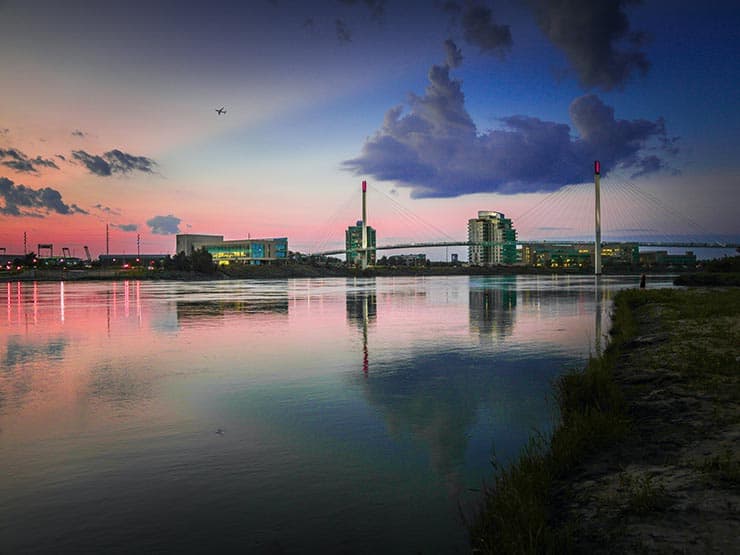
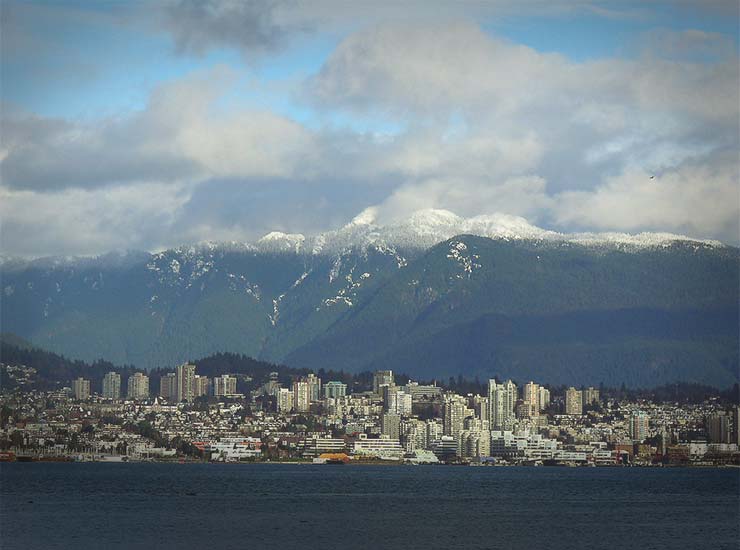






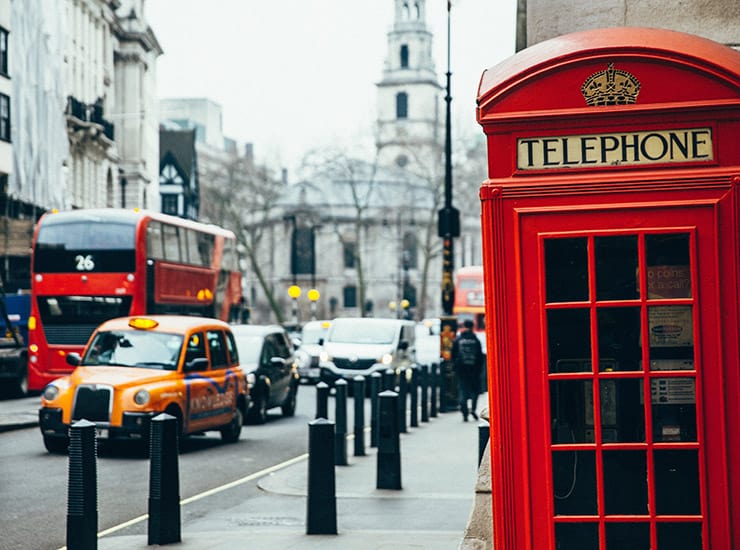
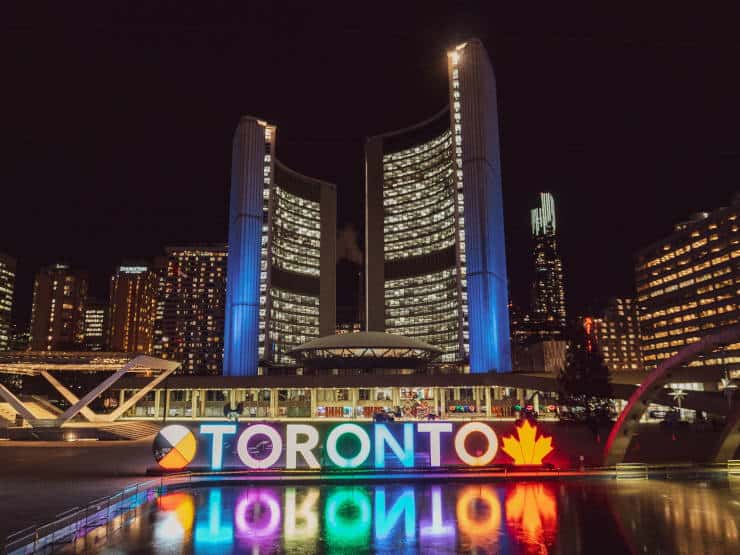

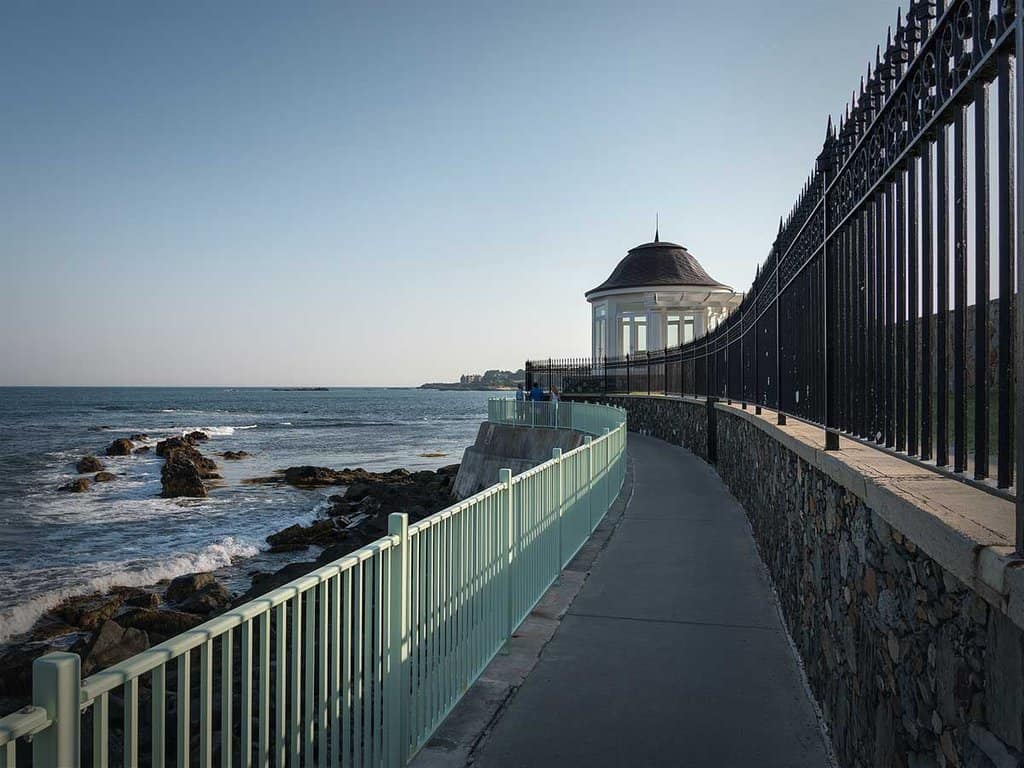

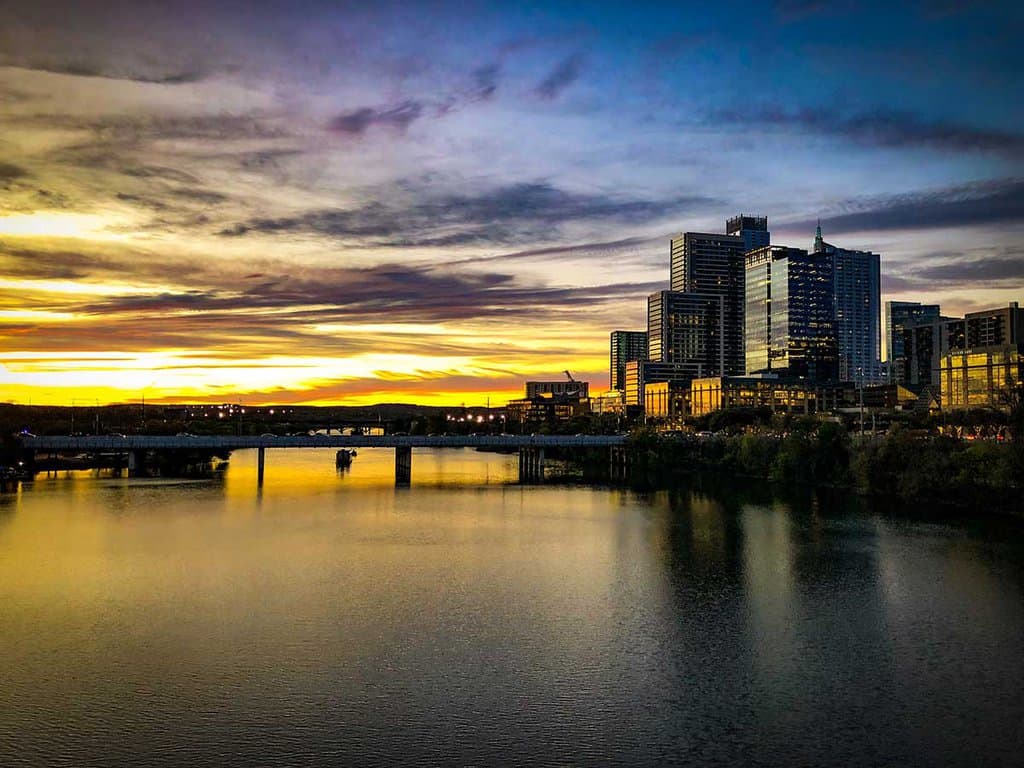




8 Comments
Gean @ F.I.R.E. We Go!
January 27, 2021 at 11:57 amChrissy, great initiative. Thank you for your leadership. We are happy to participate, and are looking forward to hearing from you 🙂
Stay safe!
Chrissy
January 27, 2021 at 5:01 pmThank you Gean, I’m looking forward to it! I’ll be in touch soon—I just need to make a few edits to the interview template and spreadsheet so that it’s ready for public use. (Good thing I interviewed myself first—I changed and improved so many things as I worked my way through it!)
T on FIRE
February 10, 2021 at 5:47 amI’m excited to start reading these. It reminds me a bit of “money diaries” but with a FI spin. Which is always the best kind of spin. I see the first one is already posted…very exciting! This is a great idea and super helpful for folks in different areas who want to see what “living to FI” looks like.
Chrissy
February 10, 2021 at 5:56 pmHey T—you know I’m all about FI and FIRE! Maybe I’m biased, but anytime money content has a FI spin on it, I’m automatically WAY more interested. 🙂
(I see you’ve volunteered to join the series too! Can’t wait to showcase your interview, especially in the unique little corner of the world you live in. I’ll send you the templates shortly. 👍)
Tanya
February 10, 2021 at 6:53 pmWoohoo! I’m honoured 😀 I am going to try to read the first two tonight. You know, to plan my retirement in Southern BC. 🙂
Chrissy
February 10, 2021 at 8:54 pmCome on over, T! We’d love to have you over here on the ‘best coast’, ha ha!
Dividend Power
February 15, 2021 at 7:51 amMortgages should be included. It is a real expense.
Chrissy
February 15, 2021 at 4:30 pmHi Dividend Power—thanks for the input! I agree, and have decided to include mortgage costs (for those who have a mortgage). 👍